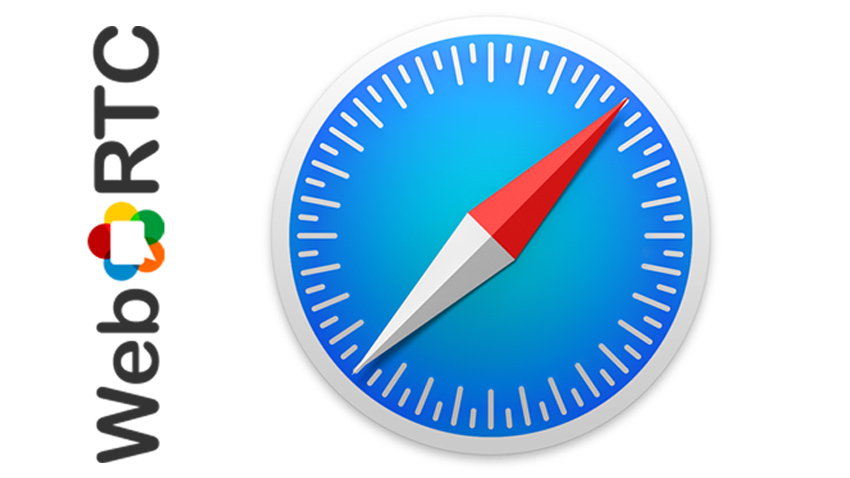At WWDC 2017 in San Jose, California, Apple recently announced that it will include support for WebRTC in Safari 11 and WebKit. Until now, 80 per cent of all browsers supported WebRTC – including Explorer and Chrome – and with Safari, that number grows to 95 per cent. With that crucial missing piece now in place, WebRTC is ready for mass market adoption.
WebRTC is a disruptive technology that enables real-time communication over peer-to-peer connections via a common set of protocols. What that means is communication applications like video conferencing, file transfer, chat and desktop sharing can happen from within web browsers, applications and even IoT and mobile platforms, without plugins. And this means richer, task-based, relevant communications, called contextual communications, fundamentally shifting how people communicate.
According to a recent MarketsandMarkets report, the global web real-time communications market is projected to grow from USD 569.2 million in 2015 to 4.45 billion by 2020. Disruptive Analysis says that by 2019, there will be more than six billion WebRTC-supporting devices and two billion individual users (that’s around 60 per cent of the total Internet population). And these figures could indeed be greater taking into consideration Apple’s latest announcement.
Apple’s announcement not only gives companies using WebRTC applications and tools, such as IPCortex’s Keevio, more choice and flexibility over which browser their rich multimedia communications services are delivered, but its newfound pervasiveness is also good news for WebRTC itself. Apple has said that WebRTC was the “number one most requested web platform feature for Safari”, and one of its WebKit engineers, Youenn Fablet said;
“The next generation of communication technologies is here, and we’re really excited to see them in WebKit and on Apple platforms.”
It also removes a vital barrier in developing and deploying B2C comms platforms – where the endpoint is an unknown ensuring compatibility with a crucial and arguably more profitable segment of end users.
Developers, innovators and product designers are already busy building WebRTC applications aligned to how customers and employees are working, and intending to make communications integrated and immediate, and now they can do that on more platforms, for more platforms. Contextual communications just got even more exciting!
Guest blog by Rob Pickering, CEO of IPCortex







